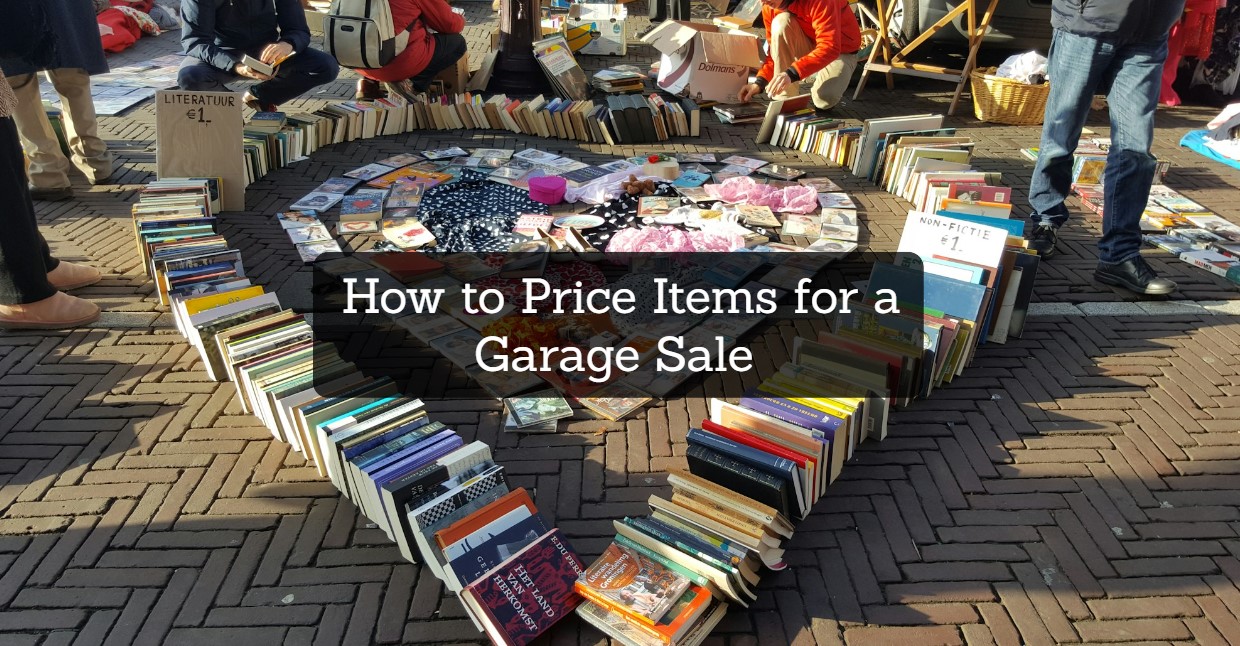Garage sales: a treasure trove for bargain hunters, a headache for clutter warriors. But the price tags on your unwanted items hold the key to both a satisfying sale and a tidy wallet. Do you prioritize maximizing profit or getting rid of everything ASAP? This guide explores both strategies to help you price your garage sale haul for success.
In addition, you will definitely need the Best Garage Door Openers to ensure that your garage is always protected. Now let’s get to the review!
Profit Maximization
Research is king

Dig into online marketplaces like eBay and local classifieds to see comparable prices for items in similar condition. Factor in age, brand, and demand to set your competitive starting point. For example, a vintage dress in pristine condition with a high online resale value deserves a higher price than a faded one from a fast-fashion brand.
Research is key! Before diving into online marketplaces, consider these factors to refine your pricing strategy:
- Item Condition: Pristine? Gently used? Well-worn? The condition significantly impacts value. A meticulously maintained vintage dress warrants a premium compared to a worn-out one, even if they’re the same brand.
- Brand Recognition: A coveted designer label holds more weight than a generic brand. Research the brand’s reputation and resale value to determine its pricing influence.
- Demand & Scarcity: Limited-edition or highly sought-after items command higher prices. Is your item a rare gem or a common find? Research online listings and auctions to gauge its market demand.
- Seasonality & Trends: Certain items have peak seasons or ride on passing trends. A summer dress might fetch more in spring, while a vintage bomber jacket thrives in fall. Timing your listing can optimize your price.
You may also like: What NOT to Sell at Garage Sale
Condition matters
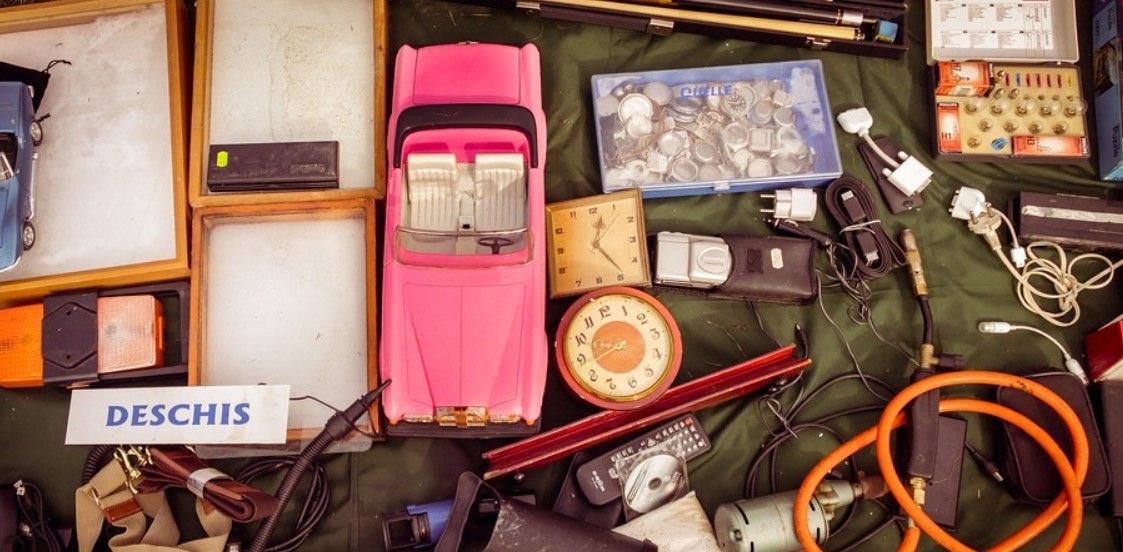
Be honest in your assessments and adjust prices accordingly. A pristine vintage dress deserves a higher price than a faded old tee. Remember, chipped china doesn’t command full-set value. Be transparent about any flaws or imperfections to avoid disappointment and potential returns.
Embrace the Imperfections:
- Detailed Descriptions: Don’t shy away from mentioning any flaws, no matter how minor. Be specific about the condition, highlighting scuffs, tears, or discoloration. Use clear photos that showcase both the good and the not-so-good aspects.
- Grading System: Consider using a standard grading system (like “excellent,” “good,” “fair”) to give buyers a quick understanding of the item’s condition. This helps set realistic expectations and avoids buyer’s remorse.
- Price Adjustment: Be honest with yourself and adjust the price accordingly. A chipped teacup shouldn’t be priced the same as a flawless set. Factor in the imperfections and price it fairly for its actual condition.
Bundle with finesse
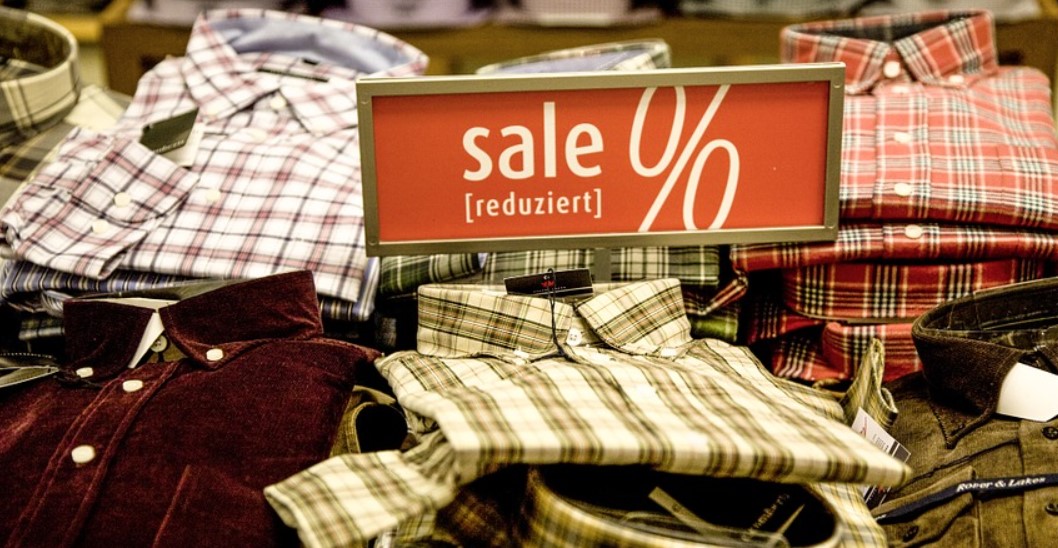
Group complementary items – books by genre, kitchen tools by type – and offer a bundled discount. This incentivizes bulk buying and clears space faster. For example, bundle a set of vintage cookbooks with a cast iron skillet for a discounted kitchen starter kit.
The Magic of Complements:
- Identify Synergies: Group items that naturally complement each other. Do you have a collection of travel guides for one region? Bundle them together! Cooking enthusiasts might appreciate a curated set of baking tools or ingredients.
- Theme it Up: Create fun and relevant themes for your bundles. “Backyard BBQ Essentials,” “Cozy Book Nook Kit,” or “Movie Marathon Munchies Pack” can pique buyers’ interest and highlight the value proposition.
Sweetening the Deal with Discounts:
- Discounts that Entice: Offer a clear and attractive discount on the bundled items compared to their individual prices. Aim for a saving that feels substantial without sacrificing your profit margin.
- Tiered Bundles: Consider offering tiered discounts based on the number of items included. Buy 2, get 5% off. Buy 3, get 10% off, and so on. This encourages larger purchases and increases your average order value.
You may also like: Great Art Studio Garage Ideas
Negotiate strategically
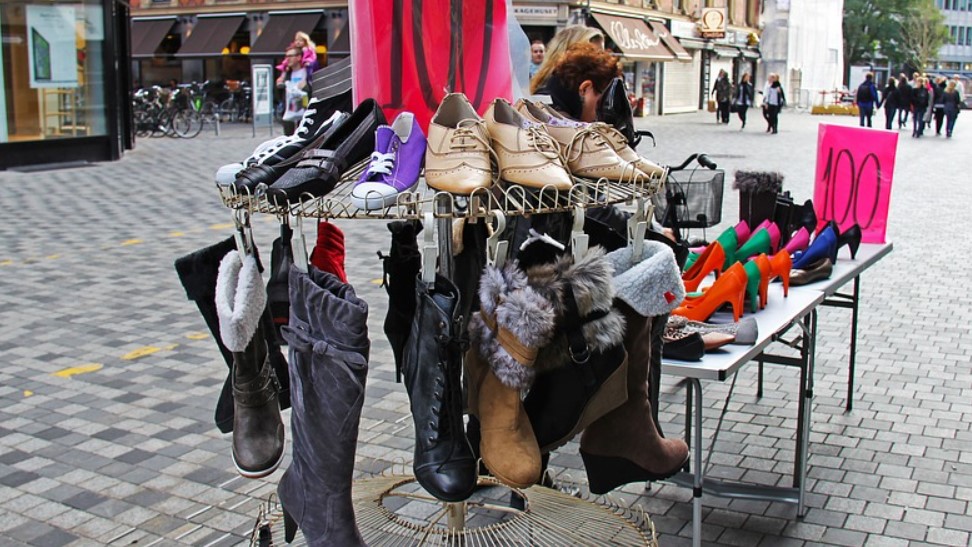
Don’t be afraid to haggle, but set a minimum price you won’t budge below. Start high and be willing to meet somewhere in the middle for a win-win outcome. Remember, research your item’s value beforehand to have a strong foundation for negotiation.
Prepare for the Negotiation:
- Know Your Worth: As stated before, research your item’s value thoroughly. Understand its market price based on condition, brand, and demand. This sets a strong foundation for your negotiation and prevents underselling yourself.
- Set Your Limits: Define your minimum acceptable price – the point below which you won’t go. Consider factors like time invested, acquisition cost, and desired profit margin. Be firm but flexible within your acceptable range.
Haggling with Finesse:
- Be Friendly and Respectful: Remember, it’s a negotiation, not a battle. Maintain a pleasant and respectful demeanor throughout the process, even if things don’t go your way.
- Listen and Counter-Offer: Actively listen to the buyer’s offer and explain your reasoning for your initial price. Counter-offer with your lowest acceptable price or suggest a compromise price close to the middle.
Timing is key

Early birds get the worm (and the best deals). Price high-value items slightly higher for the first few hours, then gradually reduce prices to attract latecomers. This creates a sense of urgency for early buyers while ensuring everything gets sold by the end of the day.
Target the Treasure Hunters:
- Identify High-Value Gems: Pick out your most valuable items – antiques, collectibles, high-demand electronics – that are likely to attract serious buyers early on. These become your prime candidates for the initial higher pricing.
- Set Strategic Premiums: Price these high-value items 10-20% higher than your final target price. This creates a sense of urgency and opportunity for early birds who wouldn’t mind paying a premium to secure the best finds.
Gradual Descent for Latecomers:
- Establish a Schedule: Determine a timeframe for your price reduction, perhaps hourly or every few hours. This creates a sense of anticipation and encourages latecomers to visit earlier rather than risk higher prices.
- Controlled Decreases: Reduce the price by 5-10% each time, not just dropping it to the final target price immediately. This maintains value perception and incentivizes earlier purchases while still attracting later bargain hunters.
You may also like: Best Lawnmowers For Your Garage
Fast Money Magic
Clearance aisle pricing

Slash prices to the bone! Clothing for $1, books for $0.50, furniture for a song – this approach attracts impulse buyers and guarantees a quick sale, even if the profit margin is slim. Think of it as clearing out dead stock from your personal inventory. This is ideal for items you’re desperate to get rid of, even if you’re not maximizing profit.
Pros of Slashing Prices:
- Quick sales: Dramatically reduced prices are like a siren song to bargain hunters. You’re likely to clear out your unwanted items much faster than with traditional pricing.
- Impulse buys: Low prices can trigger impulse purchases, especially for small items like clothing or books. People might not have come looking for those items specifically, but the low price might entice them to buy.
Cons of Slashing Prices:
- Low profit margin: Obviously, the lower the price, the less money you’ll make. This might not be a problem if you’re just trying to get rid of things, but it’s important to consider if you’re willing to take a financial hit.
- Devalues items: Selling items for dirt cheap can send the message that they’re not worth much, even if that’s not the case. This could hurt your chances of getting good prices for similar items in the future.
You may also like: 10 Best Leaf Blowers
Multi-buy madness

Offer “buy 3, get 1 free” deals or “fill a bag for $5” discounts. This encourages volume purchases and empties your inventory swiftly. Think bulk candy at the checkout line. This is a great way to clear out a large amount of similar items, like clothing or books, especially if they’re taking up precious storage space.
Buy X, Get 1 Free:
- Choose the optimal ratio: Consider which ratio resonates best with your target audience and inventory limitations. “Buy 3, Get 1 Free” works well for larger items (clothing, books), while “Buy 2, Get 1 Free” might be more enticing for smaller ones (accessories, trinkets).
- Highlight variety: Encourage mix-and-match selections by presenting the offer across different categories within the same group. “Buy 3 shirts, Get 1 accessory free” incentivizes buyers to explore and potentially spend more.
Fill a Bag for $X:
- Set the right price: Determine a price point that is profitable while still offering a perceived value. Consider the average item cost and aim for a discount compared to individual purchases.
- Choose the bag wisely: Use sturdy, reusable bags that align with your brand and add visual appeal. This encourages repeat use and promotes sustainability.
Freebie frenzy

Donate unwanted items to a local charity or freecycle group near the end of your sale. This clears space, attracts foot traffic who might snag other discounted items, and earns you goodwill points. Think free samples at the grocery store. This is a great option for items that haven’t sold by the end of the day and you’re no longer interested in keeping, or for broken or unusable items that may still have value to someone else.
Win-Win Situation:
- Declutter efficiently: Say goodbye to lingering leftovers! Donating frees up valuable space and minimizes the post-sale tidying headache.
- Attract new buyers: The presence of a donation drop-off point can attract visitors with charitable intentions who might also browse and purchase other items at discounted prices.
Strategic Donation Solutions:
- Tailor your donations: Research local charities or freecycle groups to match your unsold items. Children’s books to a school library, unwanted furniture to a community center, and vintage clothing to a costume shop are some examples.
- Transparency is key: Be upfront about any flaws or imperfections in donated items. This ensures they go to someone who can truly appreciate and utilize them.
Digital decluttering

Consider online platforms like Facebook Marketplace or local buy-and-sell groups for larger or high-value items. This might require more effort with listing photos and descriptions, but can fetch better prices than a quick garage sale. Think of it as taking your best items to a high-end consignment shop. This is a good option for items with high resale value or that might be difficult to sell in person, like bikes, appliances, or collectibles.
Reaching a Wider Audience:
- Beyond your neighborhood: Online platforms open your items to a much larger pool of potential buyers, not just those walking by your garage sale. This significantly increases the chances of finding the right buyer willing to pay your desired price.
- Targeted listings: You can tailor your listings to specific groups with greater interest in your items. Facebook Marketplace allows you to target by location, category, and even interests, ensuring your ad reaches the right eyes.
Presenting Your Items Effectively:
- Detailed descriptions: You have more space to showcase your items’ key features and condition with detailed descriptions, unlike brief verbal explanations at a garage sale. Add measurements, brand details, and any unique aspects to entice buyers.
- High-quality photos: Pictures often speak louder than words. Take clear, well-lit photos from multiple angles to showcase your item’s beauty and condition. This builds trust and confidence in potential buyers.
You may also like: Best Bike Racks For Your Garage
The Verdict: Profit vs Fast Money – It’s a Balancing Act
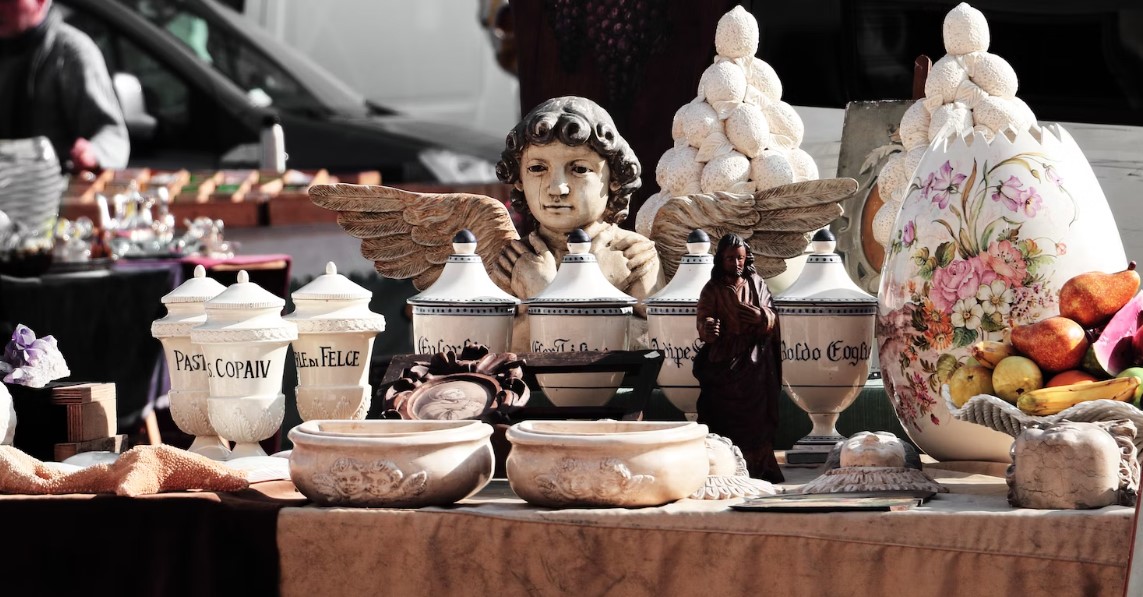
Forget choosing between profit and speed at your garage sale – it’s not a duel, it’s a tango! The key is a smooth blend, a strategic dance tailored to your treasures and goals.
Ditch the rigid rules and embrace the sway. Maximize your success by knowing what matters to you, what your stuff’s worth, and the power of a flexible price tag. Research, strategize, and pirouette with each buyer, your smile as smooth as your deals.
Remember, a good sale isn’t just about numbers on a tag. It’s about finding the sweet spot – your treasures finding new homes, your pockets lighter, and your heart soaring. So, open your doors, unleash your inner charmer, and let the garage sale symphony begin!

